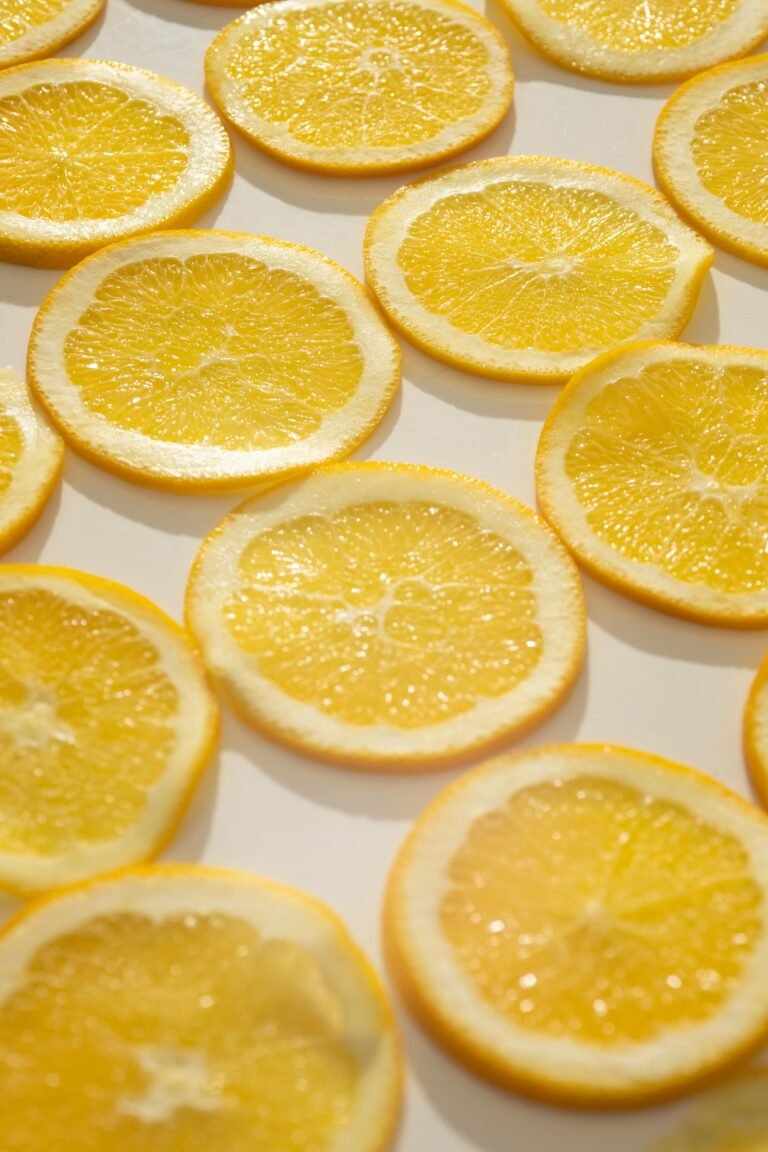Oxidative stress: how to fight it at the table
Oxidative stress is partly a physiological process, partly not .
To be precise, oxidative stress is a process by which free radicals or ROS are produced starting from mechanisms such as dehydrogenases involved in redox, through various processes involving oxygen, which develops free radicals.
Free radicals are nothing but molecules lacking electrons, therefore unstable.
They then produce reactive substances that damage cells, depriving them of an electron to stabilize.
They can attack fats, making them unstable, proteins, but also cell nucleic acids, thus affecting our DNA.
The damage caused by oxidative stress can be the most varied, starting from the death of cells or their damage, from cellular aging to degenerative diseases.
We are speaking, however, as I have explained, of a partly natural mechanism.
Therefore it makes no sense to think of free radicals as the number one enemy of our health .
Also because the body tries to balance the action of ROS through antioxidant mechanisms, such as SOD, catalase, glutathione peroxidase .
When, on the other hand, do we have to worry about oxidative stress?
We need to worry about it when, in addition to physiological causes, there are also exogenous ones, that is linked to external factors .
For example:
- stress , not only from work or from hectic pace of life, but also from extreme or exaggerated physical exercise. Spending hours and hours exercising can increase the number of free radicals.
- drug use and abuse
- contact with pollutants, which we can find in food, in the air, in the products we use for hygiene, for the home, for food storage.
- smoking and alcohol.
If we want to help our body balance the effects of free radicals that we risk accentuating with a wrong lifestyle, nutrition can come to our aid.
How? First of all by increasing the sources of vitamin C and E in a natural way, without supplements which in some cases may be contraindicated.
We find vitamin C in citrus fruits, parsley, kiwis, red fruits, peppers, tomatoes, new potatoes, broccoli and all leafy vegetables.
We must take these foods daily, in at least 2-3 portions.
We find vitamin E in chocolate, eggs, almonds and other nuts, peanuts, spices such as paprika, curry, chilli, herbs such as oregano, oilseeds, whole grains and muesli.
Other antioxidant substances are : those that contain anthocyanins or flavonoids in general, foods rich in omega3 such as fish or perilla oil, foods containing resveratrol, turmeric, foods that contain tannins (such as tea).
Anthocyanins: red fruits, red cabbage, radicchio, elderberry, açai berries.
Flavoinoids: carrots, tomatoes, radishes, onions, citrus fruits, apples, pears, broccoli and cauliflower, buckwheat, red wine.
Among the supplements, alpha lipoic acid and carnosine are recommended .
Both of these substances reduce glycation damage caused by free radicals.
Carnosine occurs naturally in foods such as meat, poultry and fish.
Lipoic acid is found in red meat, liver, offal, but also (to a lesser extent) in potatoes, spinach, broccoli.
A Q10 supplement is also indicated against oxidative stress.
But be careful: if you are taking medications, it is best to avoid supplements without your doctor’s advice.
If we wanted to synthesize everything in a diet, the main indication would be to have a varied diet , omnivorous but natural, with a portion of fish, quality meat or poultry, and eggs, daily.
Three generous portions of fruit, varying between citrus fruits, red fruits and other fruits, two and more portions without limits on the amount of vegetables per day, always varying between vegetables and leafy greens.
A couple of walnuts a day or a handful of almonds can complement our antioxidant quota .
As well as the habit of drinking green tea, for example, spice dishes with curry, turmeric, paprika and chilli, indulge in a glass of wine at most but preferably red, eat a cube of extra dark chocolate, and instead of eating just pasta or rice, vary with buckwheat, barley, rye.
Those who don’t eat meat can find help from tempeh , a fermented soybean stick.
In short: a diet against free radicals is not necessarily a boring diet .
On the other hand, all products with industrial oils, frying that can cause the risk of acrylamide ingestion, grilled foods, products of non-Italian origin whose fats can be of the Trans type must be reduced.
Better light cooking, and a drizzle of raw olive oil in the main dishes.
And at the same time, try to limit stress.
Better to exercise less but stimulate muscle mass more than spending hours running or training every day. Better to take care of sleep than to get busy with a thousand commitments even in the evening.
























+ There are no comments
Add yours